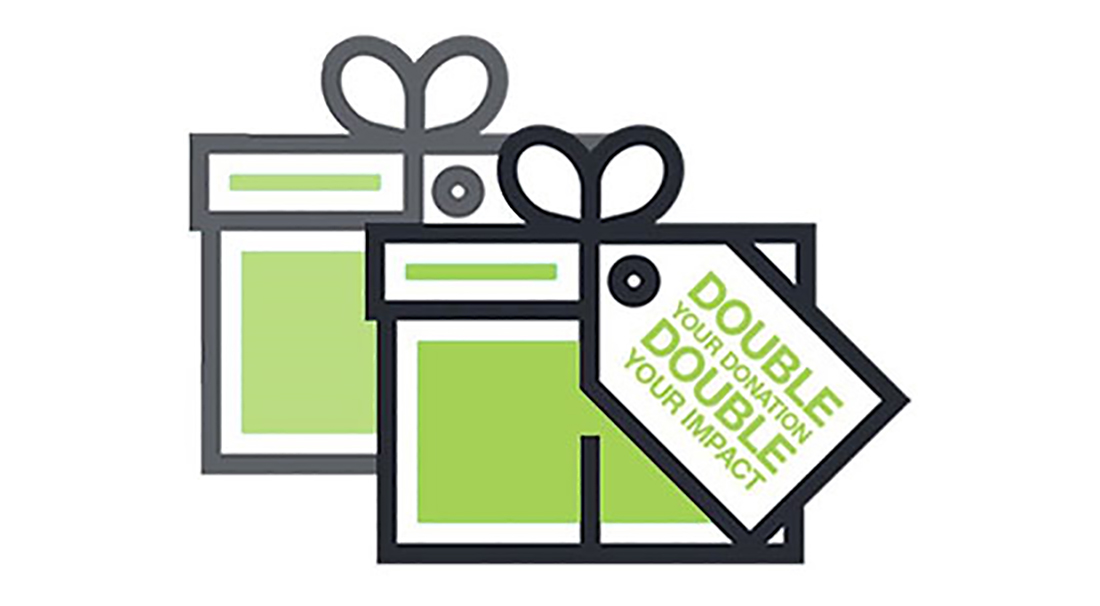People love a good deal. Whether it’s a significant discount, a “buy one, get one free” or “double your money,” offer, we just can’t overlook it.
This is also true for donors. When I worked at a direct-response agency for many years, the single most effective tactic to boost response and revenue, especially in the last quarter of a calendar year, was when we were able to introduce a “matching gift” offer to the general donor file.
It’s human nature to want to see your gift doubled so that you can make a greater impact.
The question from the direct-response team was, “where are we going to get the match from, so that we can offer this to our donors?”
This is where you, as a major gift officer, come in.
This is probably the best moment in the year, where we see the direct-response team and the major gift team come together.
The beauty of major gifts, of course, is that you get to know each one of the donors in your portfolio. And over time, you’ll know their passions and interests and what makes your donor tick. From the many years that Richard and I and our team have been working with major donors, we know that right now you have donors in your portfolio who love to leverage their investment.
And you, as the major gift officer, are always looking for compelling offers for each of your donors to match up to their passions and interests.
A matching gift opportunity may just be the offer a few of your major donors can’t resist!
Here’s how it works:
- Identify 2-3 donors in your portfolio who understand marketing and fundraising. You have them. And they get the idea of leveraging their gift so that it will compel other donors of the organization to either consider giving a gift or giving a larger gift than without a “match” offer. Typically, this type of gift from a major donor is an additional gift they give to you during the year.
- Clearly outline the parameters of the gift. For example, ask the donor for a specific gift amount and tell them this gift will be used in an offer for the general donor file as a tactic to help boost response and revenue. If you’re going to “pool” their gift with other major donors, that needs to be stated up front. Typically, if it’s an individual donor committing the gift, that donor remains anonymous. If it’s a corporate donor, they may want to be named, i.e. “The Johnson & Johnson Matching Gift Campaign.”
- If the major donor commits to use the gift for a matching campaign, you tell the donor that if the gift is NOT matched in total, they have the option to only match up to the amount that came in from the appeal. Or they can decide whether they want to still give the total of their original commitment. For example, the major donor commits $25,000 for a matching gift offer. The appeal to the general donor base brings in $20,000. The donor then has the option to only give $20,000, or they can decide to give the added $5,000 which was what they originally committed to give. (In all my years of fundraising, I’ve never seen a donor NOT give the original commitment. But you have to leave that option open to make sure of the integrity of the offer.)
- It is extremely important – after the appeal or campaign is completed – that you report back to the major donor the impact their “match” provided in increased engagement and support by the general donor file. If you do this well, the major donor will most likely want to do it again the following year.
The amazing thing about this matching gift offer is that it really does lift response from the general donor file, and it’s a great offer to present to a select number of donors in your portfolio – especially if you’re challenging the major donor with a second or third gift in this calendar year.
But you have to get on it now.
Gain the commitment now – so your direct-response team can do their job and realize the tremendous lift a matching gift offer will have on the general donor file.
Jeff







Thanks for sharing this great idea! I have found it to be especially helpful in recovering lapsed donors or increasing renewing donors gifts.
What is your experience with donors tuning out to these matching offers? Currently the organization I’m with does their matching gift drive in March and market it as Match Madness, which has been successful. I’m thinking we would generate more funds if we offered a match for Calendar Year End donors … but is that too much?
Thanks for your thoughts!